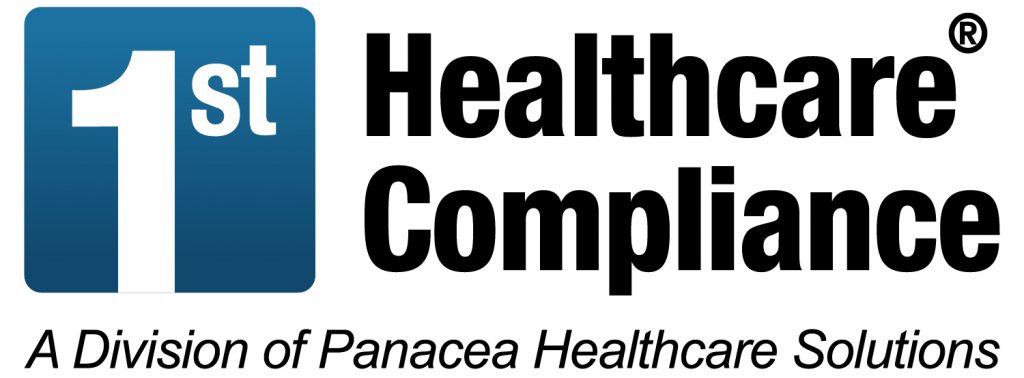Understanding OSHA’s Bloodborne Pathogens (BBP) Standard: Requirements and Compliance

The Occupational Safety and Health Administration’s (OSHA) Bloodborne Pathogens (BBP) Standard is a vital regulation designed to protect healthcare workers from the risk of exposure to bloodborne pathogens. Compliance with this standard is essential in healthcare settings to prevent the transmission of infectious diseases and ensure the safety of employees. Below we cover the requirements of OSHA’s BBP Standard and provide insights to help healthcare organizations achieve compliance and safeguard their workforce.
- Scope of the BBP Standard:
The BBP Standard applies to all employees who may have occupational exposure to blood or other potentially infectious materials (OPIM). This includes healthcare workers, laboratory personnel, and employees who handle contaminated medical equipment.
- Development of Exposure Control Plan (ECP):
Under the BBP Standard, employers must develop and implement an Exposure Control Plan (ECP) tailored to their specific workplace. The ECP outlines the strategies and procedures to minimize employee exposure to bloodborne pathogens. It should include measures such as engineering controls, work practices, and personal protective equipment (PPE) to prevent exposure incidents.
- Identification and Communication of Hazards:
Employers must identify job positions and tasks that pose a risk of exposure to bloodborne pathogens. Job classifications with potential exposure should be clearly communicated to employees, allowing them to understand the level of risk associated with their roles and take appropriate precautions.
- Employee Training and Education:
Healthcare employers must provide comprehensive training to employees with occupational exposure to bloodborne pathogens. The training should cover topics such as the nature of bloodborne diseases, methods of transmission, prevention strategies, proper use of PPE, and steps to take in the event of an exposure incident. Training should be provided initially upon hire and then on an annual basis.
- Implementation of Universal Precautions:
The BBP Standard requires healthcare employers to adopt Universal Precautions, treating all human blood and OPIM as potentially infectious. Universal Precautions include practices such as hand hygiene, safe injection practices, proper disposal of contaminated materials, and the use of appropriate PPE.
- Hepatitis B Vaccination:
Employers are responsible for offering the hepatitis B vaccine to employees who may have occupational exposure to bloodborne pathogens. Vaccination must be provided free of charge and within ten working days of initial assignment. Employers must also offer a post-exposure evaluation and follow-up to employees who experience an exposure incident.
- Recordkeeping and Documentation:
Healthcare employers must maintain accurate records related to employee training, vaccination status, and any exposure incidents that occur. These records should be retained for the duration specified by OSHA standards.
- Review and Update of the ECP:
The Exposure Control Plan must be regularly reviewed and updated to reflect changes in technology, work practices, or potential exposure hazards. Employers should evaluate the effectiveness of the plan and make necessary adjustments to ensure continued compliance.
Compliance with OSHA’s Bloodborne Pathogens (BBP) Standard is crucial for protecting healthcare workers from the risks associated with bloodborne pathogens. By developing and implementing an effective Exposure Control Plan (ECP), providing comprehensive training, identifying hazards, following Universal Precautions, offering vaccinations, and maintaining accurate records, healthcare organizations can meet the requirements of the BBP Standard and ensure the safety and well-being of their employees.
If you require assistance or guidance in achieving compliance with the BBP Standard or developing a comprehensive Exposure Control Plan, our team of experts is here to support you. Together, we can create a safe and secure work environment that minimizes the risks of bloodborne pathogen exposure for healthcare workers.
